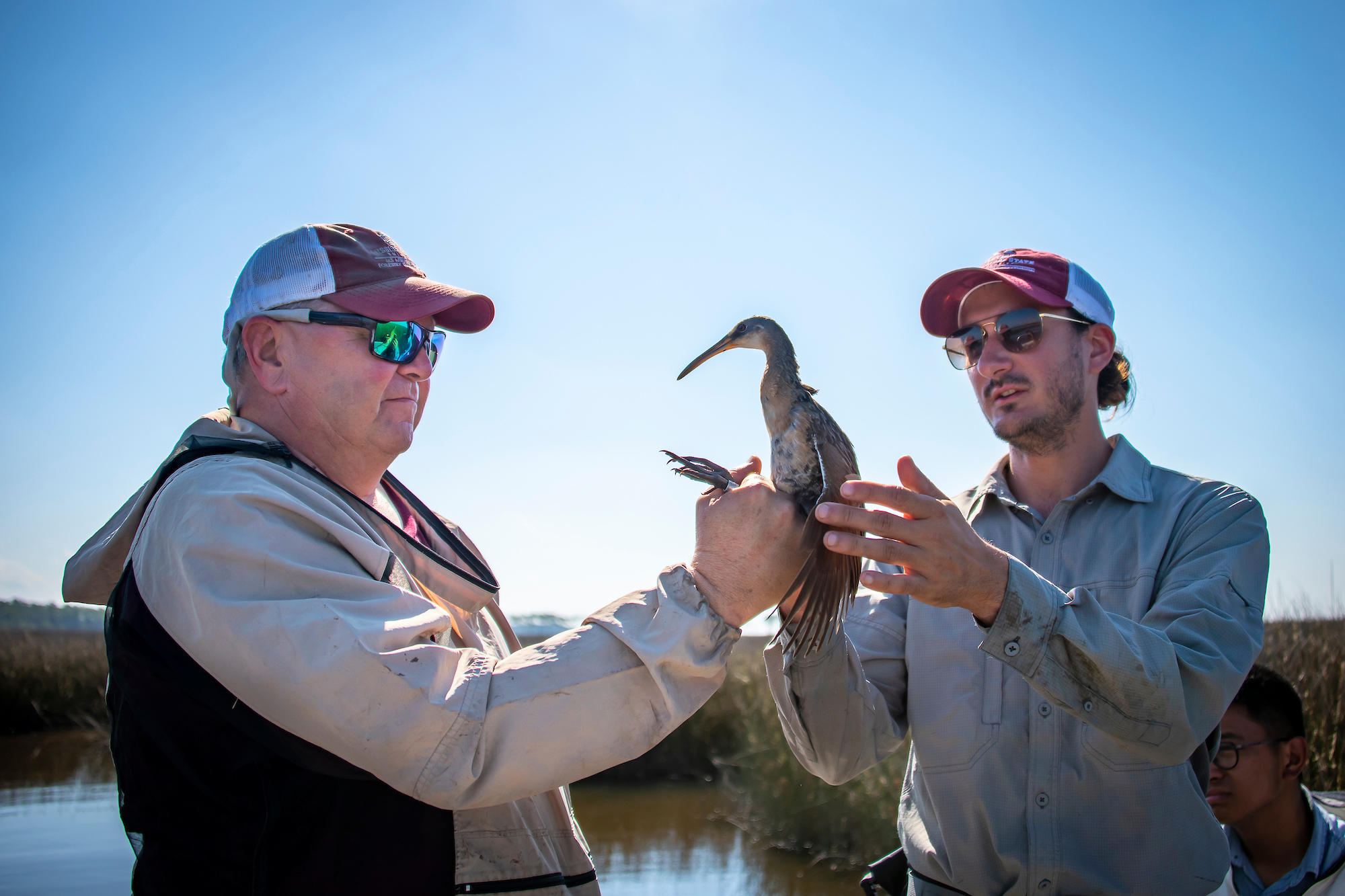KINGSTON, R.I. – April 17, 2024 – Migration and reproduction are two of the most demanding events in a bird’s annual cycle, so much so that the vast majority of migratory birds separate the two tasks into different times of the year. But a study by University of Rhode Island researchers has found direct evidence of a species – the American woodcock, a migratory shorebird from eastern and central North America – that overlaps periods of migration and reproduction, a rare breeding strategy known as “itinerant breeding.
Tag: bird
How an audience changes a songbird’s brain
His mind might have been set on finding water or on perfecting a song he learned as a chick from his dad. But all of that gets pushed down the to-do list for an adult male zebra finch when he notices a female has drawn nigh.
Hummingbird beak points the way to future micro machine design
A Cornell research team has developed a new way to design complex microscale machines, one that draws inspiration from the operation of proteins and hummingbird beaks.
Hummingbirds use torpor in varying ways to survive cold temps
Hummingbirds have the fastest metabolism of any animal. The tropical hummingbirds that live in the Andes Mountains in South America must expend considerable energy to maintain their high body temperatures in cold environments. One tool that they use to survive cold nights is called torpor, a hibernation-like state that allows them to ramp down energy consumption to well below what they normally use during the day.
Darwin’s short-beak enigma solved
University of Utah biologists discovered that a mutation in the ROR2 gene is linked to beak size reduction in numerous breeds of domestic pigeons. Surprisingly, different mutations in ROR2 also underlie a human disorder called Robinow syndrome. The ROR2 signaling pathway plays an important role in the craniofacial development of all vertebrates.

MSU partners to establish network to help coastal birds
A Mississippi State researcher is co-leading a new network of more than 100 wildlife scientists and land managers from across the U.S. to monitor and aid birds along the Gulf of Mexico.